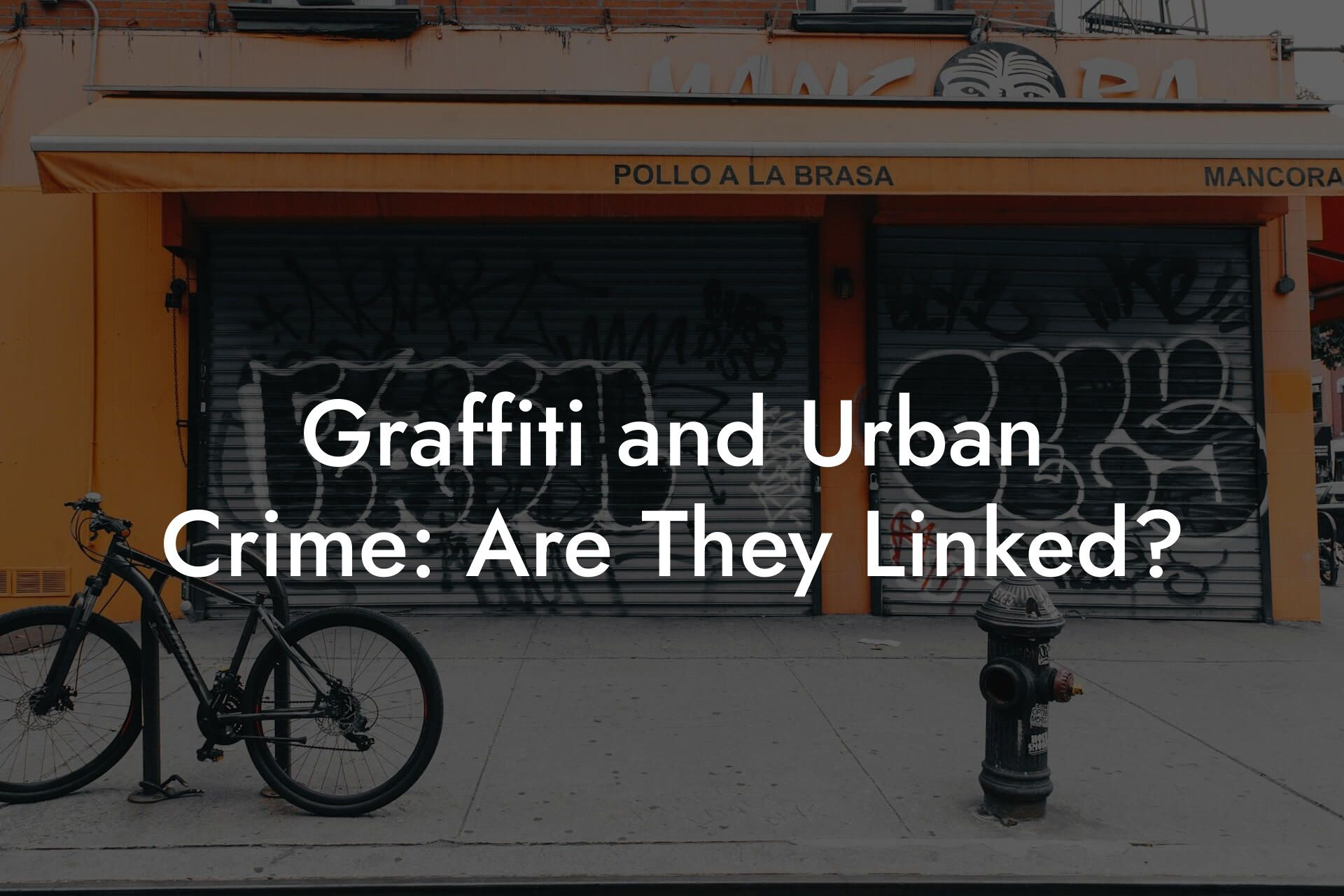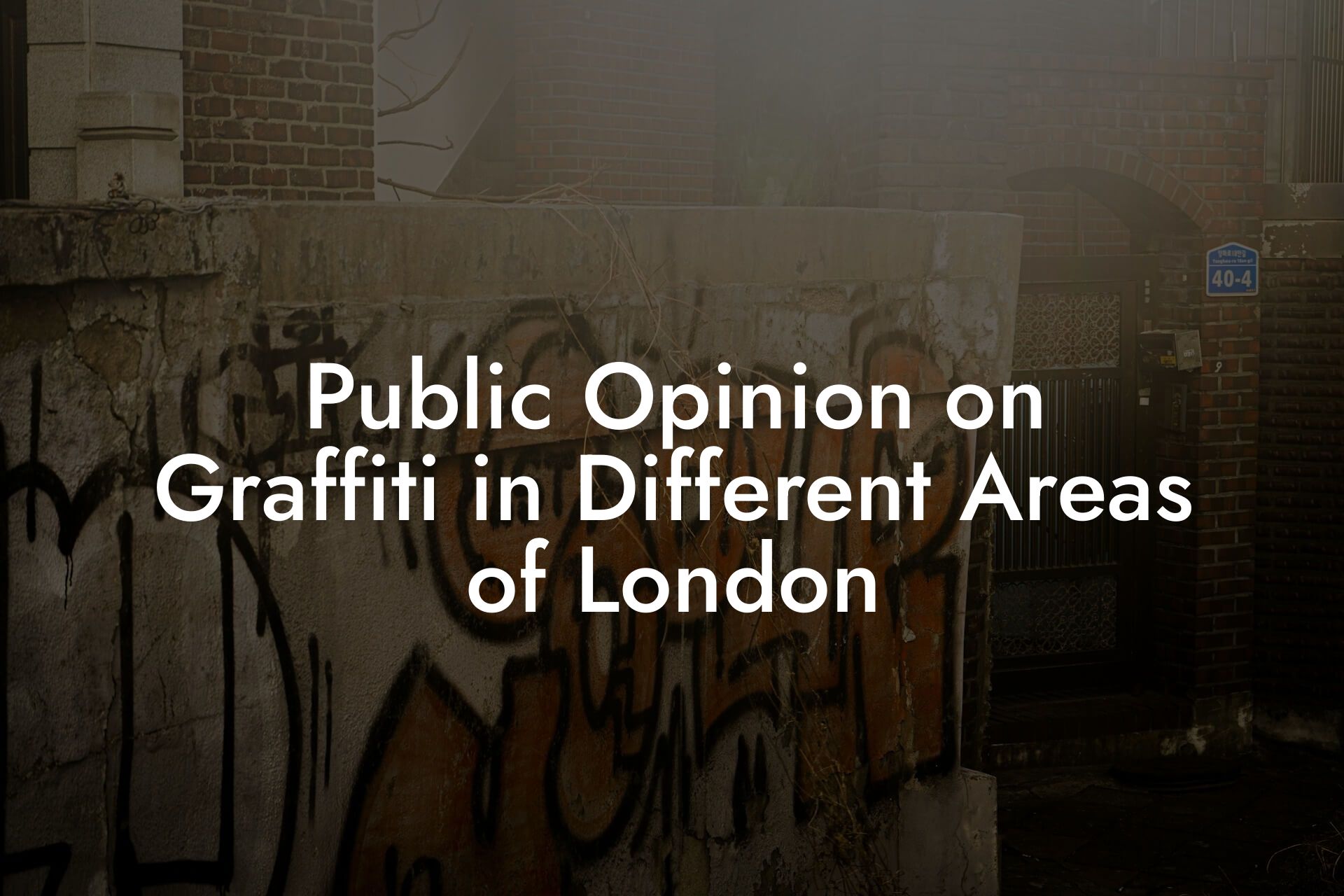
- Reviews
- Recent Projects
- Coverage
- Services
- Commercial Graffiti Removal
- Sameday Graffiti Removal
- Professional Graffiti Removal
- Acid Etched Graffiti Removal
- London Acid Etched Graffiti Removal
- Professional Line Marking Removal London
- Professional Paint Removal From Brick London
- Fire Smoke Odour Removal London
- Professional Listed Stone and Brick Conservation Cleaning London
- Professional Paint Removal London
- Commercial Line Painting Removal London
- Contact Us
- Get a Quote
- Restoration Kits




